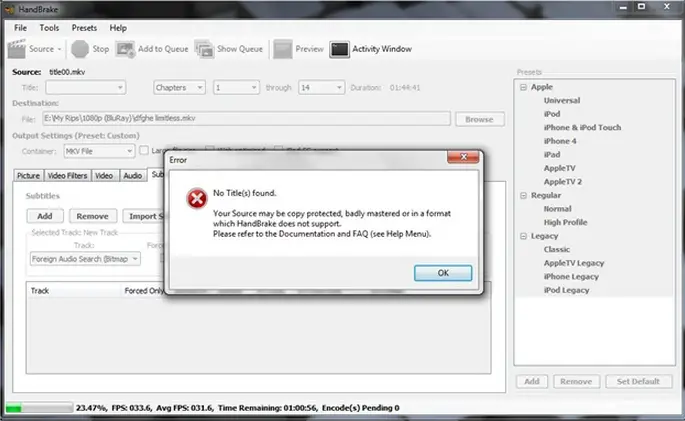

The issue is that as these competing forces work, eventually one will win out. And based on my subjective (not empirical) opinion, should be able to more than keep up with Spindle Tech. My take however, is slightly different.Īs Spindle Drives increase their density(and capacity) so will SSD technology. Ten or so grains in a cluster, all with magnetization pointing in the same direction, represent a bit. The disk, for example, is a thin platter that has been coated with some form of magnetic material made up of countless individual grains, each of which is magnetized in one particular direction. Both companies are essentially starting from the same place, with hard drives that share a few key components. Western Digital expects to quickly scale up to MAMR drives with 40 TB of capacity by 2025, while Seagate believes it can achieve similar capacities through HAMR, though it has not publicly stated a target date. Seagate now aims to debut a 20+ terabyte drive based on HAMR in 2020, and Western Digital promises MAMR drives that will hold roughly 16 TB later this year.


Companies that wish to store huge amounts of data do have other options, but hard drives are still the go-to choice for enterprise storage needs that fall somewhere between faster, more expensive solid-state drives built on flash memory, and slower, cheaper magnetic tape. If one company's solution proves superior, it will reshape a US $24 billion industry and set the course for a decade of advances in magnetic storage. From a report: In back-to-back announcements in October 2017, Western Digital pledged to begin shipping drives based on what is known as microwave-assisted magnetic recording (MAMR) in 2019, and Seagate said it would have drives that incorporate heat-assisted magnetic recording (HAMR) on the market by 2020. Seagate and Western Digital, the leading manufacturers of hard drives, differ with each other on how to get around this. But in recent years, that rate has slowed to around 10 percent. For several decades, the areal density of hard disks increased by an average of nearly 40 percent each year.


 0 kommentar(er)
0 kommentar(er)
